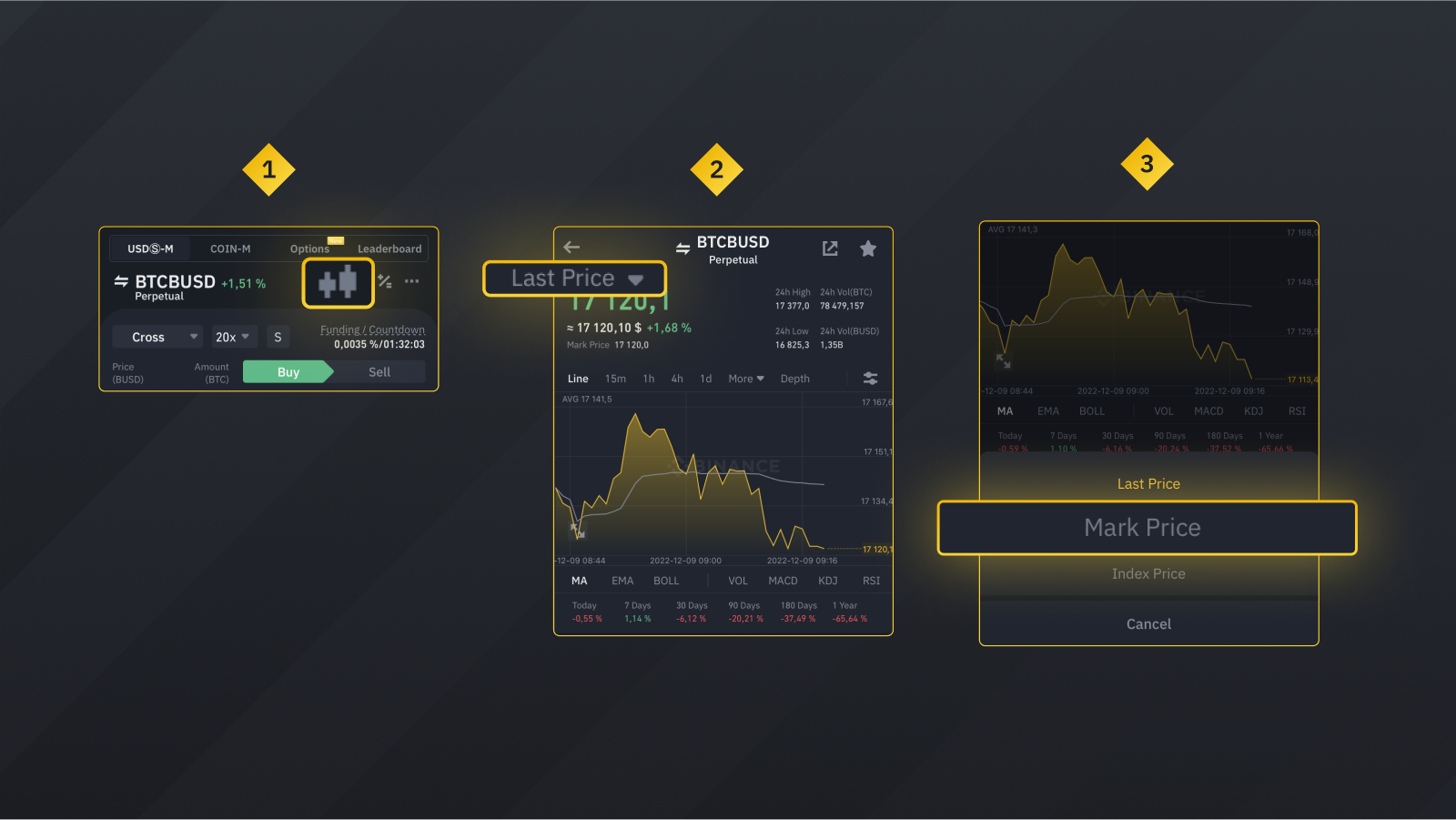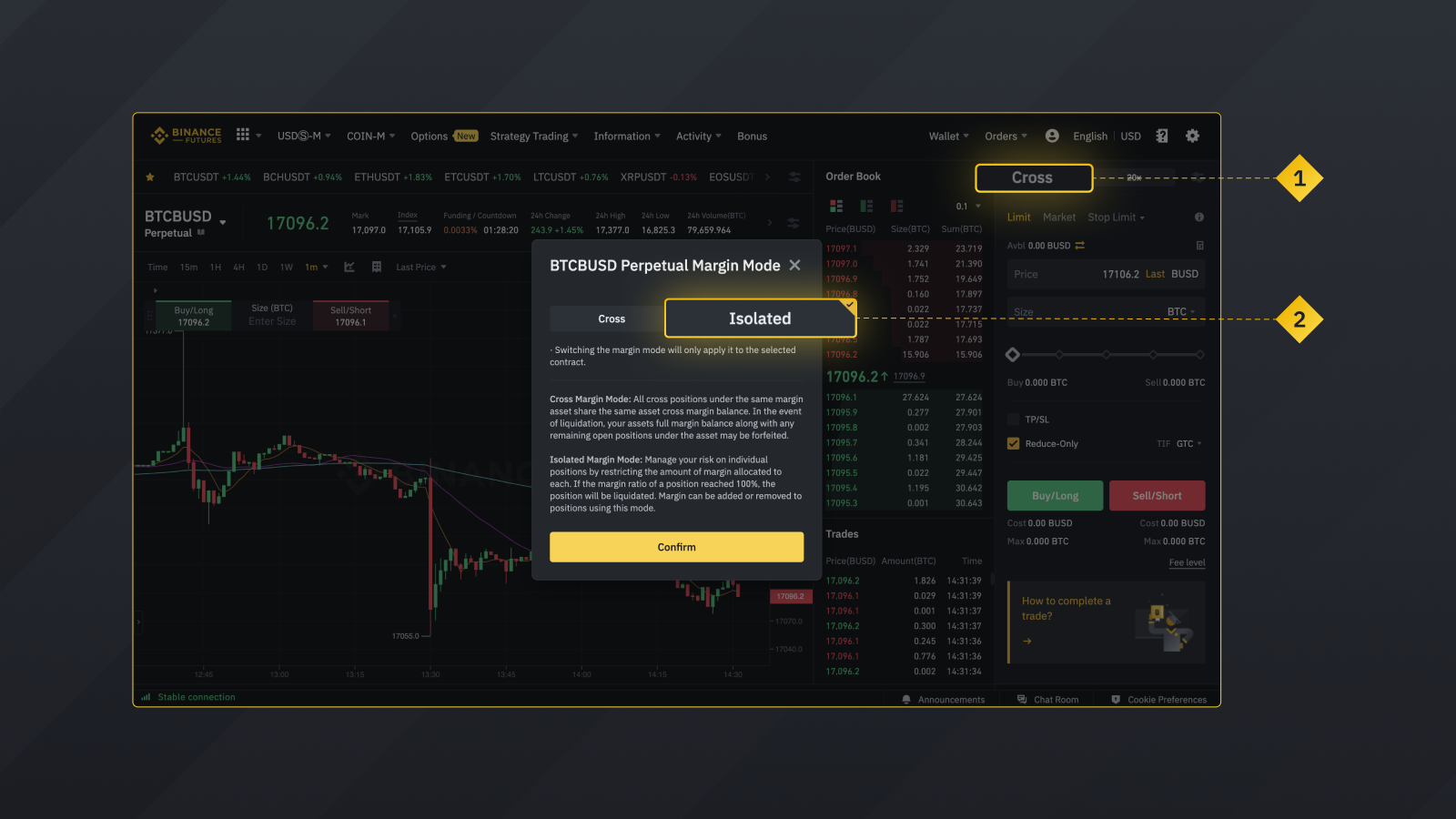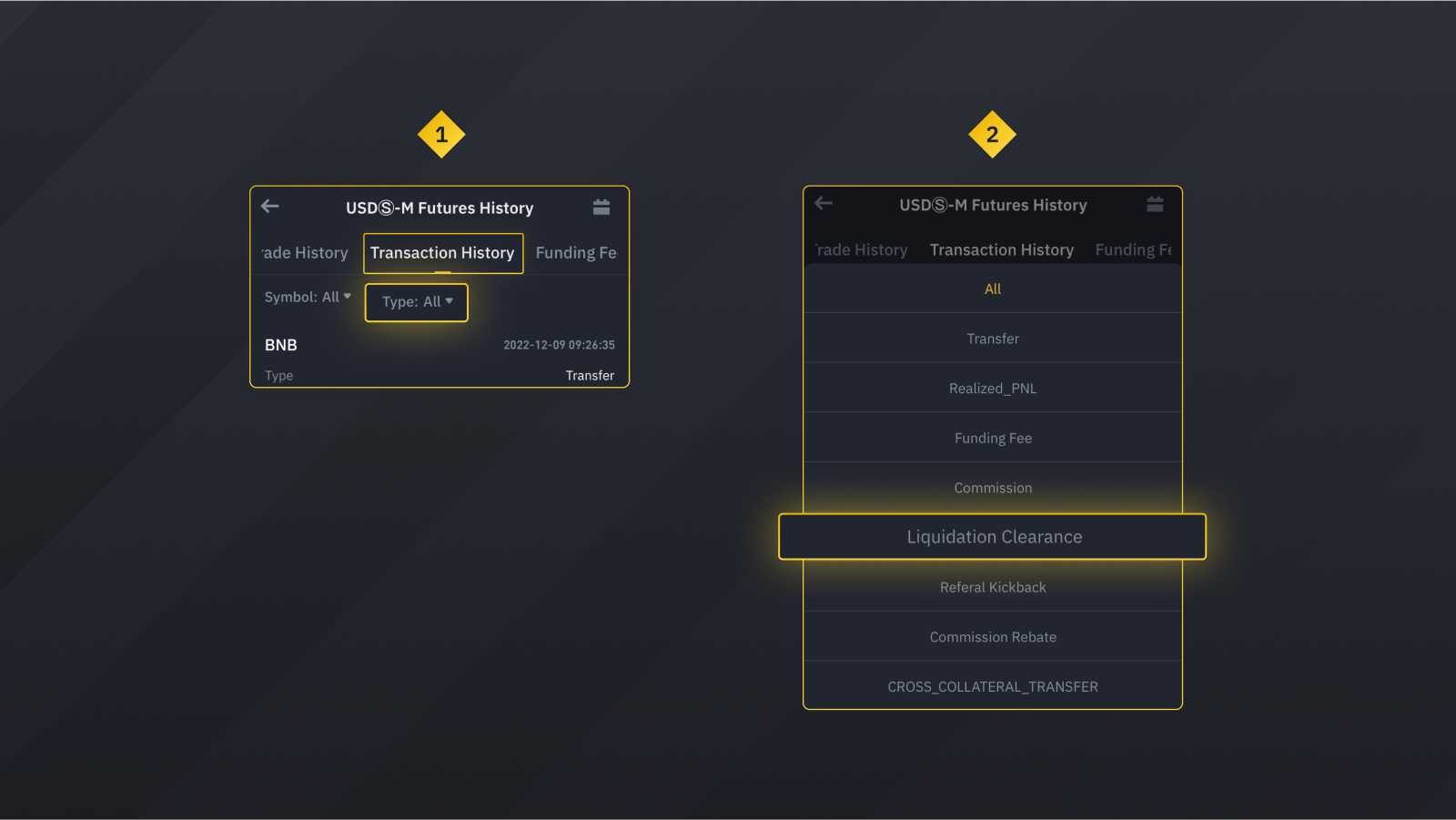Three Misconceptions About Liquidations in Binance Futures
Main Takeaways
Understanding the circumstances under which a position is likely to be liquidated aids users in equipping them with better risk management strategies.
While trading on Binance Futures, liquidation always occurs at Mark Price and not Last Price.
Liquidation price behaves differently under Cross Margin Mode and Isolated Margin Mode.
Binance Futures allow users to trade with leverage whereby you can open positions by funding an initial margin. While it’s an attractive feature, it can also expose users to liquidation risks.
In order to protect yourself against losses, it’s important to understand the occurrences under which your position is likely to be liquidated. These circumstances are often misunderstood while trading cryptocurrency futures. This article tackles three common misconceptions about liquidations.
1. Liquidation Occurs at Mark Price
While trading on Binance Futures, you may have come across two different types of prices: Last Price and Mark Price. The Last Price refers to the latest trade price of a contract, and Mark Price is the estimated fair value of a contract.
Users should take note of the gap between Mark Price and Last Price as liquidation always occurs at Mark Price. Liquidation at Mark Price avoids spikes and combats market manipulation. If they were to occur at Last Price, even a minor volatility event on Binance would result in unnecessary liquidations even though the underlying asset is yet to reach the liquidation price.
Users with a long position must notice if the contract’s Mark Price does not reach below its liquidation price or else the position will be liquidated. Users with a short position must follow if the contract’s Mark Price does not reach above its liquidation price or else they will lose the margin.
Follow the steps in the image below to switch from Last Price to Mark Price and vice versa on the Binance mobile app.
Follow the steps of the image below to switch from Last Price to Mark Price and vice versa if you are using the Desktop version.
2. Liquidation Price Changes
Strictly speaking, the liquidation price of a position remains unchanged. However, there are some exceptions to this scenario, considering the dynamics of the liquidation protocol.
I. Cross vs. Isolated
Futures liquidation price behaves differently between the Cross and Isolated Margin Mode. As these differences are usually missed in the futures market, users often find that their liquidation price has changed or the stop-loss order did not protect their position from getting liquidated.
In Cross Margin Mode, the entire margin balance is shared across all open positions. If you hold more than one position, the liquidation price constantly changes in accordance with the performance of your positions. For better understanding, let’s revise the fundamental principle of the liquidation protocol, which is:
Maintenance Margin > Margin Balance
In which
Margin Balance = Wallet balance + Unrealized PnL
Taking into consideration the formula above, by sharing your Margin balance across multiple open positions in Cross Margin Mode, the unrealized PnL will affect the Margin Balance. Therefore, the liquidation price will constantly move according to the performance of those positions.
Whereas in Isolated Margin Mode, the liquidation price remains unchanged. It’s the margin balance allocated to an individual position.
Follow the steps in the image below to switch Cross and Isolated Margin Mode on the Binance mobile application.
Follow the steps in the image below to switch Cross and Isolated Margin Mode on Binance Desktop.
In Cross Margin Mode, traders can avoid liquidation by watching the Margin Ratio closely. When the Margin Ratio reaches 100%, it means that some of your positions may be liquidated as the wallet balance is lower than the Maintenance Margin. While the Cross Margin Mode allows you to share the risk over all your positions, it’s usually harder to manage and puts all your wallet funds at risk.
II. Funding rate
The liquidation price may also change due to funding rate. Taking into account the formula of liquidation, the Margin Balance may also be impacted if there is a change in the Wallet Balance. The funding rate is usually a small percentage of the position size but can be larger in times of volatility. It is either added to or subtracted from the wallet balance, changing the liquidation price.
Funding rates are payments exchanged between users on each side of a contract (long vs. short) every 8 hours. The funding rate helps maintain the balance between the futures market price and the spot market price. Binance doesn’t make any money off of these funding fees.
III. Margin amount altered
Furthermore, the liquidation price may move if you alter your position by either adding or removing margin, increasing or decreasing your position size. Furthermore, the liquidation price may move if any changes occur to maintenance margin rate.
Please note that, under Cross Margin Mode, the liquidation price of the position will change when the available balance of the account is changed. As long as you do not remove this available balance, changing the leverage will not impact the liquidation price of a contract. In addition to wallet balance, altering the position size, the entry price of the position, or the risk amount will also change the liquidation price.
3. Insurance Clearance Fees
Users often report losing more money than expected in the event of liquidation. This is because after a Futures position is liquidated, an Insurance Clearance Fee will be collected and added to the Insurance Fund. The Insurance Fund clears negative wallet balances and guarantees users are paid out.
The Insurance Clearance Fee is calculated as
Insurance Clearance Fee = Position Nominal Value x Liquidation Fee Rate
To check if you have paid an Insurance Clearance Fee, head to the Futures Transaction History and click on Liquidation Clearance.
Multiple strategies can be implemented to reduce your chances of being liquidated, such as monitoring the margin, using stop-losses, or lowering the amount of leverage.
Read the following articles for more information:
(Blog) Crypto Futures Basics: What Is Liquidation and How to Avoid It?
(Support) How to Reduce Your Chances of Getting Liquidated
(Support) How Liquidation Works in Futures Trading
(Support) Liquidation Protocols





